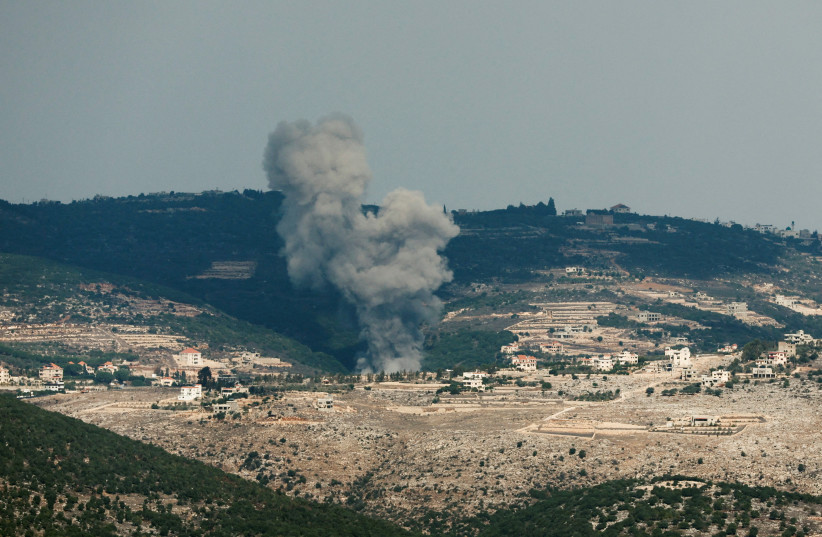This many rockets mostly in southern Lebanon significantly impacts what Hezbollah can do to counter strike Israel for the events of this week.
YONAH JEREMY BOB
SEPTEMBER 20, 2024 08:02Updated: SEPTEMBER 20, 2024 10:05

You might not have noticed because this time there was no press conference, but the IDF overnight between Thursday and Friday pulled off the second largest official attack on Hezbollah of the year.
The air force’s destruction of 100 Hezbollah rocket launchers and 1,000 rockets, mostly in southern Lebanon is not just another counter strike, but has strategic consequences for Hezbollah’s capabilities.
A “normal” Israeli attack takes out dozens or fewer rockets.
This many rockets mostly in southern Lebanon significantly impacts what Hezbollah can do to counter strike Israel for the events of this week.
Although Israel has still not taken public credit for Tuesday-Wednesday’s mass device explosions which wounded somewhere between 3,000-4,000 Hezbollah operatives, including senior commanders, Hezbollah and the whole world have assumed that it was Israel, and by Wednesday, Israeli officials were doing much less to hide.

Smoke rises on the Lebanese side of the border between Israel and Lebanon after an Israeli airstrike, as seen from northern Israel, November 18, 2023 (credit: REUTERS/EVELYN HOCKSTEIN)
Hezbollah had 150,000 rockets pre-war. But not all rockets are equal. And it did not have 150,000 rocket launchers.
For example, Iran has 3,000 ballistic missiles but only around 100-250 launchers.
On August 25, Israel had destroyed around 250 Hezbollah launchers and multiple thousand of the terror groups’ rockets, against mostly in southern Lebanon.
This does not mean that the group cannot mount large attacks on Israel – it still can.
Hezbollah’s military capabilities
But Jerusalem is starting to chip away: on August 25, last night, and according to Hezbollah on Tuesday-Wednesday with the explosive devices – at the quality of how Hezbollah could attack the Jewish state on short notice, especially short range rockets on the North.
The IDF has been wary of sharing how deep its penetration of Hezbollah’s inventory is.
But there is no question that last night’s attacks, along with August 25 and other events this week, are far more than a tactical setback to Hezbollah.
In a very real way, its broad capabilities to wage a large war on Israel, and specifically on the Northern border, are starting to be impacted.
Content retrieved from: https://www.jpost.com/middle-east/article-820990.